How to use a garden planner
Get tips on how to use a garden planner so you can map out a plant for this year and all the years going forward. Whether its your first time planning a garden or you’re an experienced gardener, a garden planner can help make the process easier and more enjoyable.
When you are working on how to start a backyard garden, a planner is one tool you really want to start using right away.
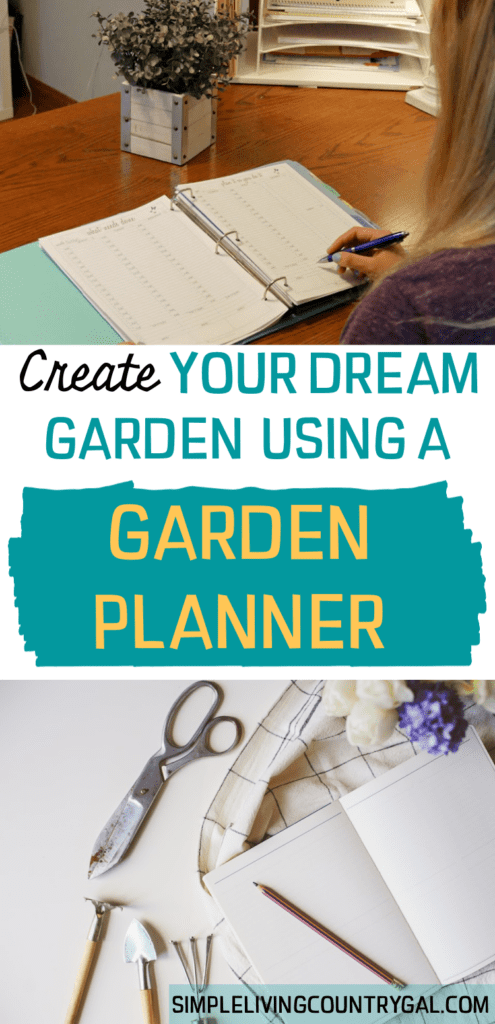
I am a planner and a list maker. Having things mapped out on paper helps me to stay focused and keeps me motivated to get things done. For years I would use a notebook having one for each project I was working on, but that quickly got out of control and the proof was all the stacks of them scattered throughout my home.
Later I moved to binders and found these worked much better for me allowing me to keep organized without taking up so much space in my home.
What is a garden planner?
A garden planner is a collection of your own notes that you keep organized in a notebook or binder. I like to call it your personalized growing guide. One that holds notes of your progress, upkeep, corrections, successes, and yes, even your failures.
The benefits of using a garden planner is it will help you improve your growing skills year after year. It also makes it easier to keep track of when each vegetable needs sowing, transplanting, or harvesting throughout the season.
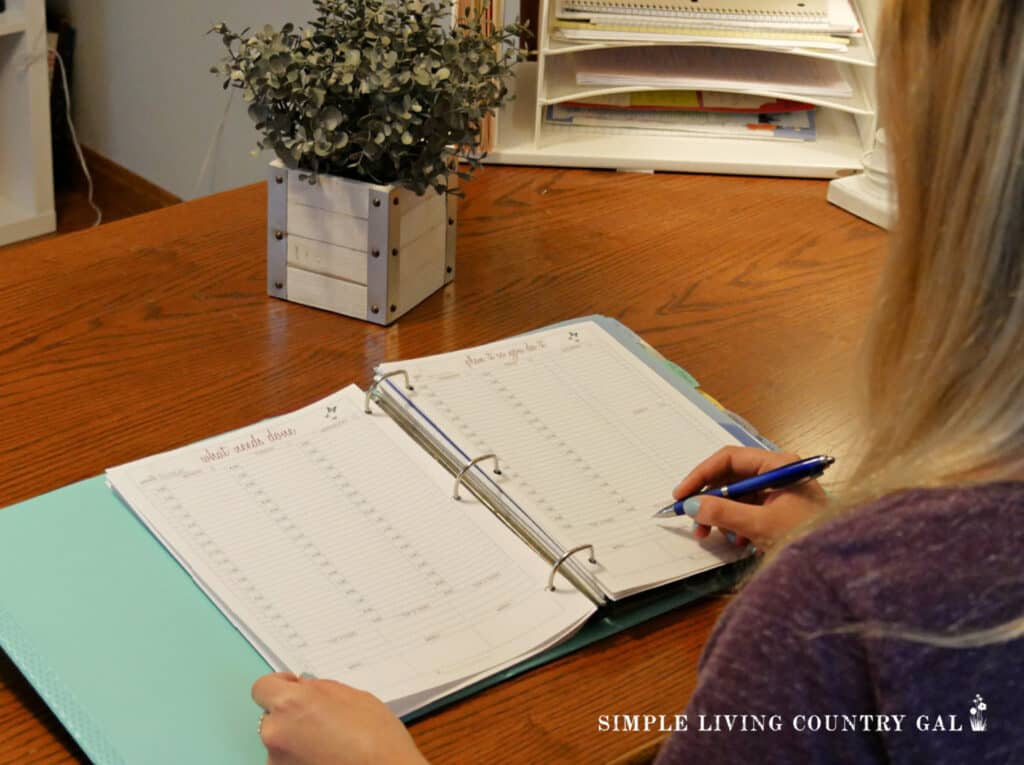
Another benefit of a planner is helping you better manage pests and diseases so you can stop them from taking over year after year. Get tips on How to Stop Garden Pests Without Chemicals for better growing produce.
Finally, using a garden planner helps ensure you are planting the right vegetables in the right quantity for consuming and for preserving.
How to Use a Garden Planner
It’s true there are no right or wrong way to use a planner for your garden, but I do want to encourage you to include the following information in yours.
1. Assess the space available in your garden.
Assessing the space available in your garden is an important part of planning.
Make a note of the size and shape of your garden, how much sun it receives, and what type of soil you have. Also include any boundaries or limitations you may need to work around such as fences or pathways.
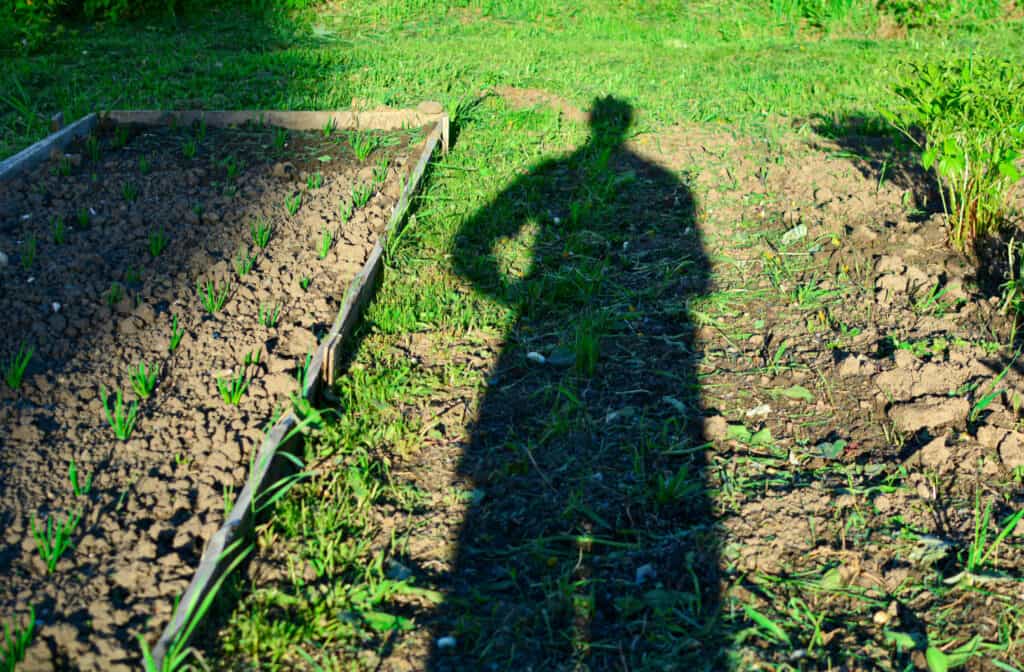
You can either list this information out on a page, use a grid to draw a map, or include both for the most accurate records.
2. Identify the types of vegetables you would like to grow.
Identifying the types of vegetables you grow as well as the quantity of each will help you to determine the vegetable garden size you will need each year.
Consider what kind of vegetables you or your family enjoy eating, as well as which ones are easily available in your local area. Think about what type of climate and soil conditions are ideal for the vegetables, and if there are any types of pests or diseases that they may be susceptible to.
Once you’ve identified the types of vegetables you’d like to grow, create a plan in your garden planner outlining when different varieties should be sown/transplanted and harvested throughout the season.
3. Select a variety of vegetables that will thrive in favorable sunlight and soil conditions.
When selecting a variety of vegetables for your garden, it is important to take into account the sunlight and soil conditions. Opt for vegetables that will thrive in your area’s climate, as this will make for a successful and bountiful harvest.
Consider what type of light and shade positions different vegetables need in order to grow properly, then identify the areas of your garden which receive optimal amounts of sunlight throughout the day.
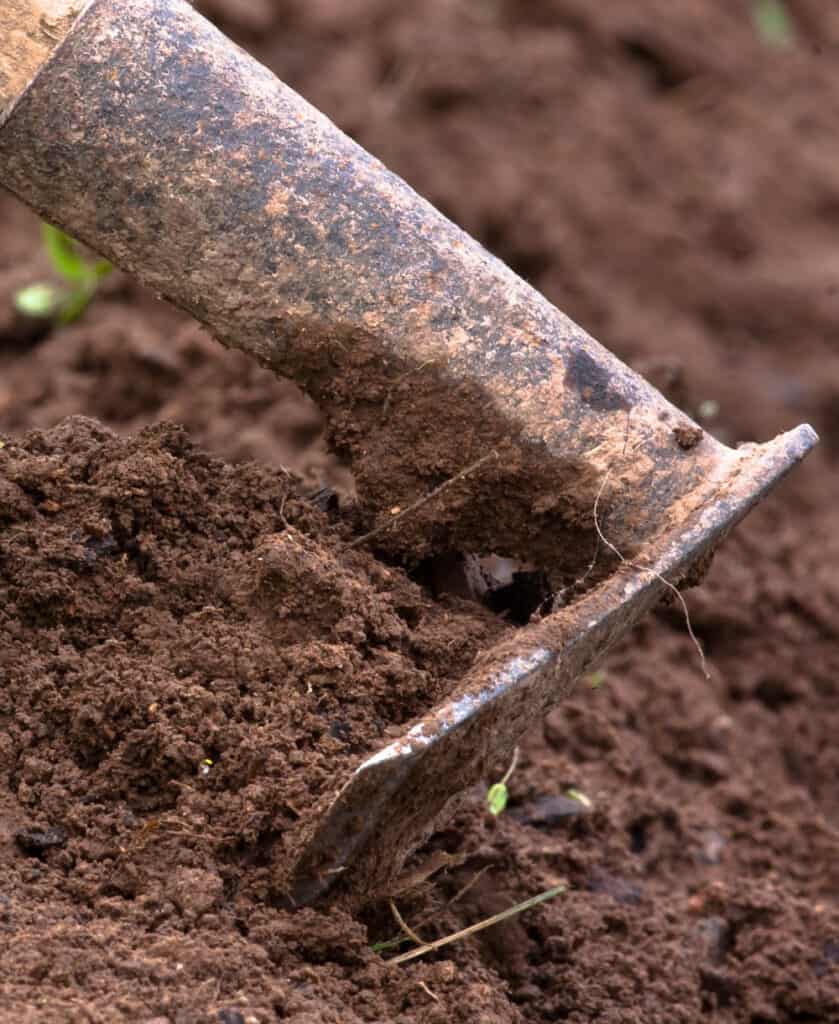
You should also select varieties that are compatible with the soil type you have – sandy soil will require some types of crops while clay soils are suitable for others.
Once you’ve identified what kinds of vegetables and plants can be grown in favorable sunlight and soil conditions, you can use your garden planner to map out where they should go.
How to Grow Veggie Resources:
4. Make notes of when to sow, transplant, and harvest each vegetable type.
Making notes of when to sow, transplant, and harvest each vegetable type is an important part of planning a successful garden. You can research the optimal time frames for different vegetables by checking gardening books or online resources, as the dates vary from area to area.
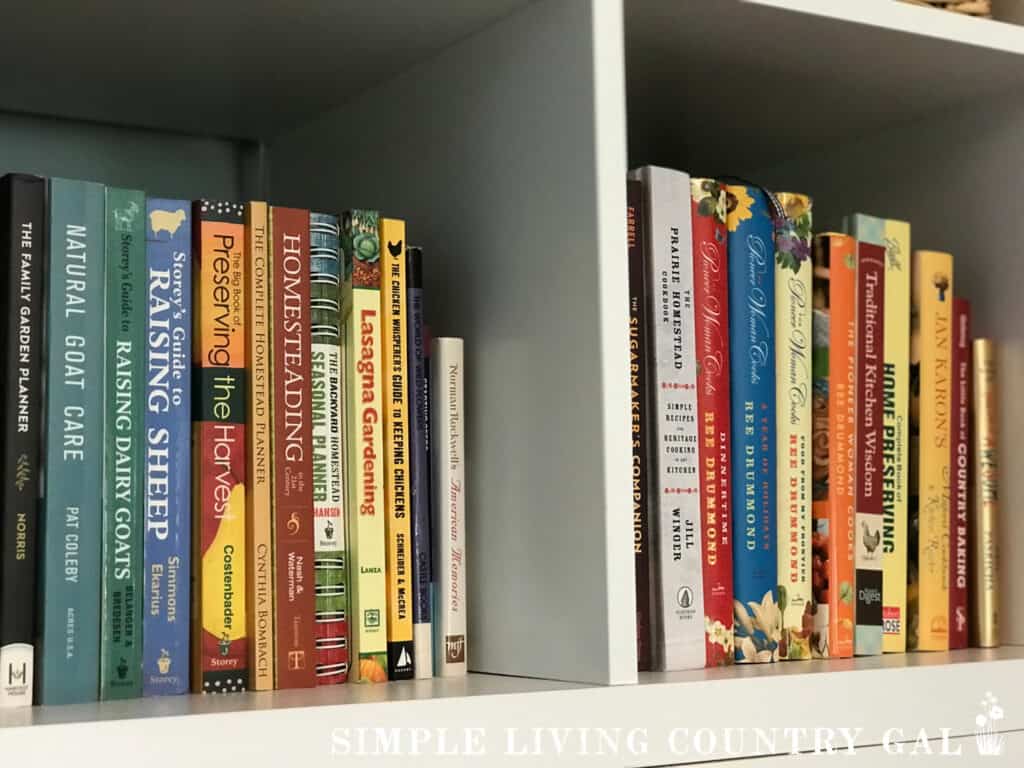
Make sure you have all the information ready in advance so that you’re not left rushing at the start of the season.
If using a garden planner, take note of any instructions that come with each variety regarding sowing/transplanting depth and spacing – this will help you maximize your produce and minimize waste.
Sow and transplant at the right times for maximum yield, then use your notes to plan when it’s time to harvest.
5. Plan out the layout and spacing of each vegetable type in your garden plot.
Careful planning is key to a successful garden plot. When deciding how to arrange your vegetables, take into consideration the relative positions of light and shade in the area you’re working with.
Think about which vegetables produce a lot of foliage, such as tomatoes and squash, and give them enough space so they don’t block out other crops.
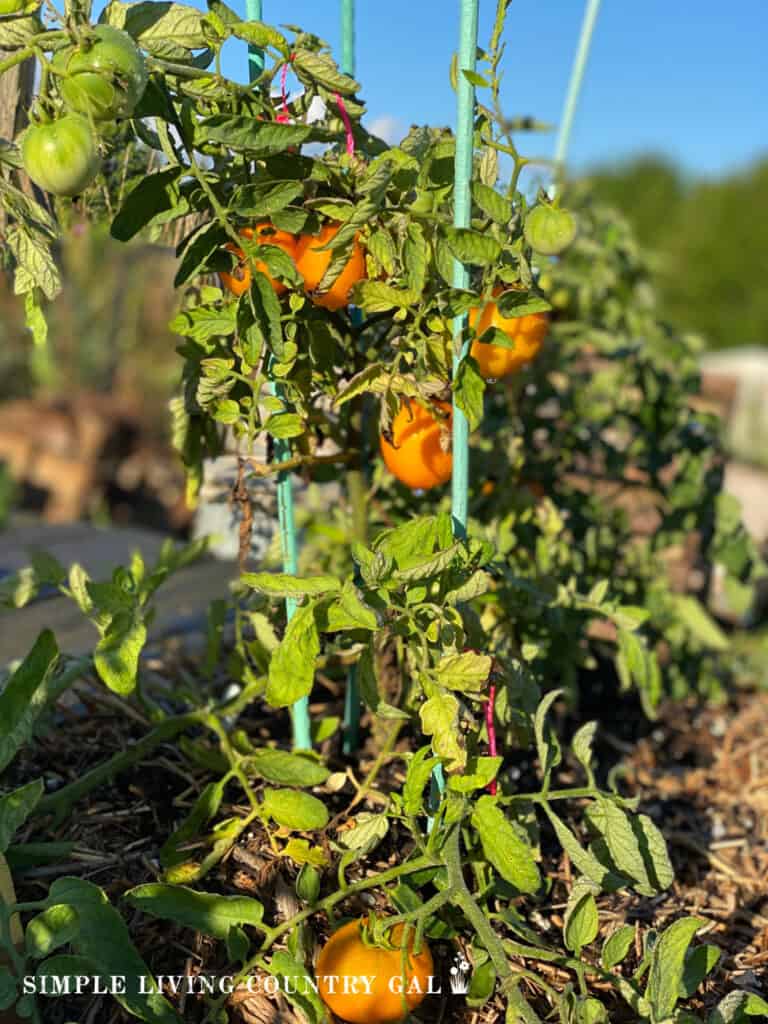
Also consider crops that like to climb or creep, such as pole beans and cucumbers, and plan accordingly. Finally, look at the different spacing requirements each vegetable type needs – most will need to be planted according to pre-defined distances to ensure good productivity and reduce overcrowding.
With all this in mind, you can now plan out the layout of your vegetable plot for a healthy harvest.
How to Grow Resources:
6. Monitor and make necessary adjustments throughout the growing season as needed.
Throughout the growing season, careful monitoring of your garden is essential for a good harvest. Check each vegetable regularly and make sure that the soil remains moist but not waterlogged, and adjust any irrigation patterns as necessary.
You should also pay particular attention to pests and weeds, as they can quickly take over if left unchecked. If mildew or blight begins to appear on any plants, try to identify the issue early on and take appropriate steps such as crop rotation or other remedies.
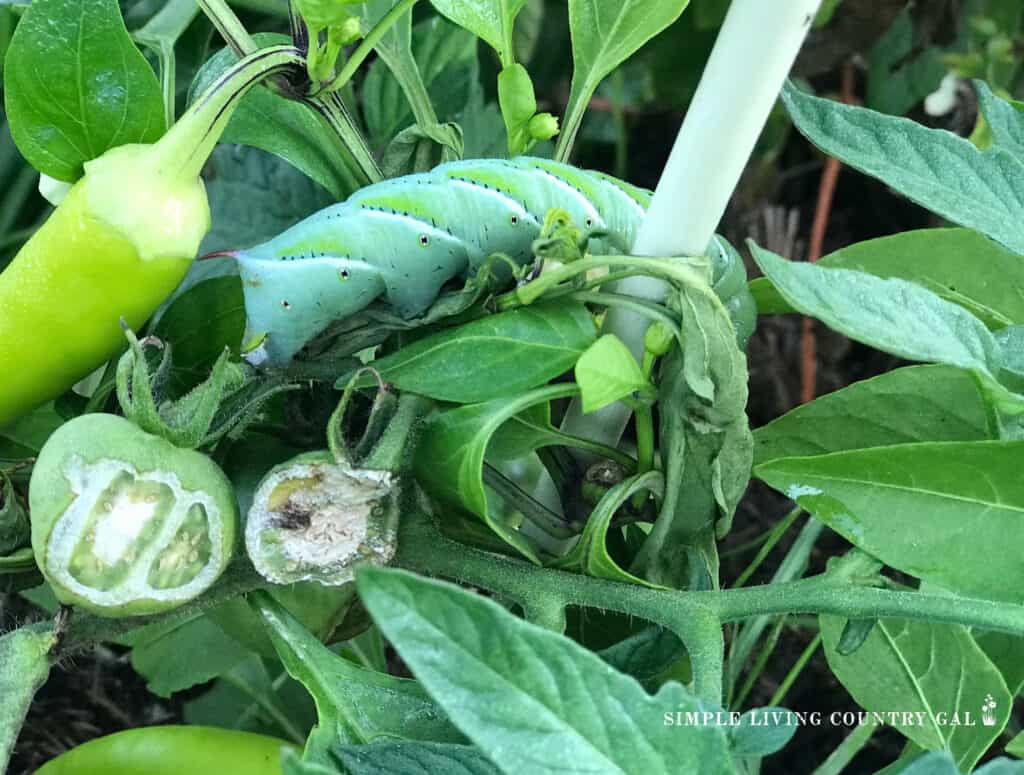
Make whatever necessary adjustments you need throughout the season so that you’re able to get the best yield possible come harvest time.
With proper planning and monitoring of your backyard vegetable garden, you can ensure a good bounty of healthy vegetables come harvest time.
Start a planner that will become the valuable resource you need. Make notes of your garden’s sunlight, spacing, pests, and soil quality. By doing so, you will be able to maximize your garden’s potential while reducing any stress that comes with it.
From beginning to end, making notes and learning how to use a garden planner will help you to improve and grow year after year.
